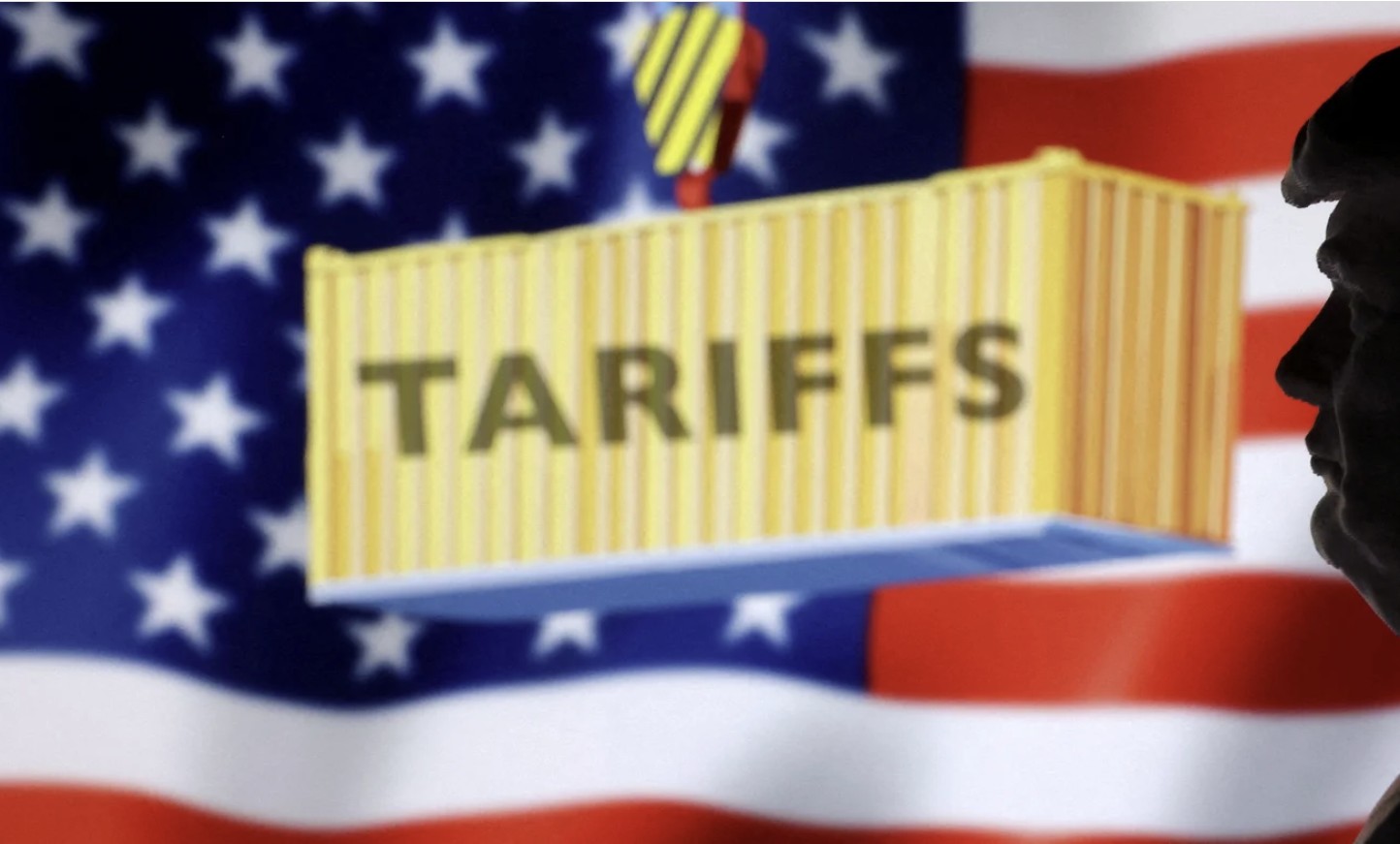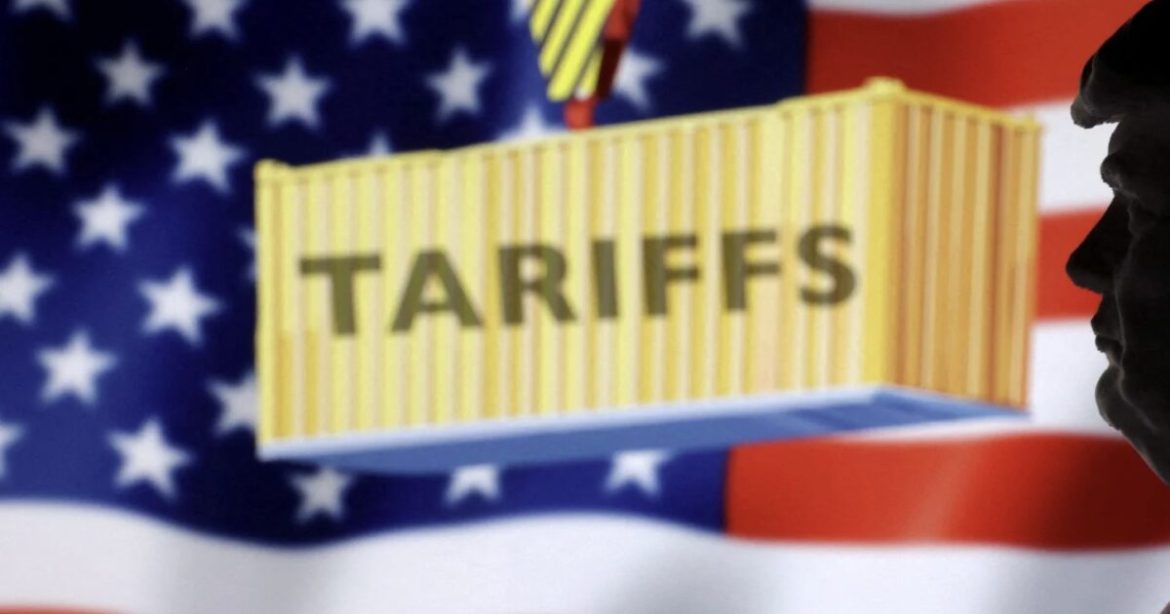

China, the European Union, Mexico, and Canada are among the United States’ largest trading partners and some of the most vocal opponents of the new tariffs. Their leaders and citizens try to create the illusion that they can do without the U.S. as a client, but the reality is different.
There is no alternative market capable of replacing the American consumer. These countries already trade globally, and there is little room for world demand to grow enough to offset lost exports to the U.S.
Their dependence extends beyond trade. They rely heavily on access to U.S. dollars, U.S. investment, and foreign investment aimed at serving the American market. Europe has long depended on U.S. military protection. Now, as the U.S. steps back and demands they defend themselves, these nations face the added burden of expanding their own military capabilities, further straining their economies.
In 2024, the United States imported about $438.9 billion in goods from China, representing roughly 2.7% of China’s GDP. Many U.S. and foreign firms operating in China, primarily to manufacture goods for export to the American market, are increasingly leaving, relocating to Southeast Asia or returning to the U.S. With many Southeast Asian countries now also facing tariffs, this trend is pushing firms to invest directly in U.S.-based production to maintain market access.
China’s dependence on the U.S. dollar is underscored by its $3.34 trillion in foreign exchange reserves, with analysts estimating around 50% are held in U.S. dollar-denominated assets. This reliance is reinforced by the People’s Bank of China’s management of the yuan, effectively pegged to the U.S. dollar within a ±2% trading band.
Furthermore, China is the world’s largest importer of energy and raw materials, nearly all priced and settled in U.S. dollars. Despite efforts to internationalize the yuan, its acceptance remains limited. Outside of bilateral deals with Russia, even fellow BRICS nations prefer to transact in U.S. dollars.
In 2024, the European Union exported about $571.1 billion in goods to the United States, accounting for roughly 3.0% of EU GDP. The U.S. is the EU’s largest export market, with many EU-based firms producing goods specifically for American consumers. The United States had a trade deficit of approximately $217 billion with the EU in 2024.
The EU also depends heavily on U.S. foreign direct investment, the bloc’s largest source of capital inflow. American firms account for over 30% of acquisition activity and 36% of greenfield investments across member states. These links support employment and industrial output across Europe.
As of early 2025, the EU held around $297.5 billion in foreign exchange reserves, dominated by U.S. dollars. Though the euro is a global reserve currency, many European central banks and financial institutions maintain significant USD reserves for trade, energy, and financial stability.
Since World War II, the U.S. has effectively subsidized Europe’s defense, carrying the majority of NATO’s military burden. Most European countries have failed year after year to meet the 2% of GDP defense spending requirement, freeing up resources for domestic social programs. Now, with the U.S. stepping back from its traditional defense role, Europe faces a sharp adjustment. Nations will need to redirect more funds to defense, likely leading to declines in living standards and, in many cases, the reinstatement of conscription.
In 2024, Mexico exported about $505 billion in goods to the United States, making up 30% of Mexico’s GDP. The U.S. is by far Mexico’s most important trade partner, with the vast majority of its manufacturing and agricultural exports destined for the American market. In turn, the United States recorded a trade deficit of around $152 billion with Mexico in 2024.
Many foreign and U.S.-based firms operate in Mexico under maquiladora and nearshoring models, manufacturing goods specifically for export to the United States. This has long allowed companies to benefit from Mexico’s lower labor costs while avoiding U.S. tariffs under trade agreements. In recent years, China and European nations have sharply increased investment in Mexico, aiming to use the country as a base for tariff-free access to the U.S. market under the United States-Mexico-Canada Agreement (USMCA).
Officially, Mexico reported about $5.6 billion in Chinese FDI in 2023, but independent estimates suggest the true figure may exceed $13 billion when indirect investments through intermediaries are included. Much of this capital targets automotive and electronics manufacturing, with $2.72 billion in new Chinese auto-sector investments alone in 2023. Meanwhile, the European Union remains one of Mexico’s largest investors, with EU-held investment stock totaling about $210.6 billion.
However, the expansion of U.S. tariffs under President Trump’s second term has closed this loophole, effectively ending foreign firms’ ability to exploit Mexico as a backdoor into the American market. These tariffs not only disrupt Mexico’s export sector but are also expected to deter future investment, particularly from China and Europe, causing broader GDP losses beyond the immediate trade impacts.
The United States is also Mexico’s largest source of foreign direct investment, contributing over $16 billion in 2024. Mexico’s foreign exchange reserves reached $232.2 billion in late 2024. While the Bank of Mexico does not publicly disclose the exact currency breakdown, it is widely understood that U.S. dollars comprise the majority, given Mexico’s deep economic integration with the United States.
In 2024, Canada exported about $412 billion in goods to the United States, accounting for roughly 77% of Canada’s exports and 19% of its GDP. The United States is also Canada’s largest source of foreign direct investment, accounting for 46% of total FDI, amounting to $438 billion as of 2022.
Canada’s foreign exchange reserves reached $110 billion in 2023, most of which are assumed to be held in U.S. dollars, reflecting Canada’s deep economic integration with the United States.
In recent years, China has strategically invested in Canada, aiming to leverage Canada’s access to the U.S. market. As of 2024, Chinese FDI in Canada totaled about $27.4 billion, concentrated in sectors like mining, technology, and manufacturing.
The bottom line is that each of these countries—and the European Union—are far more dependent on the United States than they are willing to admit. Recognizing this, President Trump has raised tariffs to historic levels as a means of forcing them back to the negotiating table and securing a better deal for the American people.
The post Tariff War: How China, the EU, Mexico, and Canada Rely on the U.S. appeared first on The Gateway Pundit.

